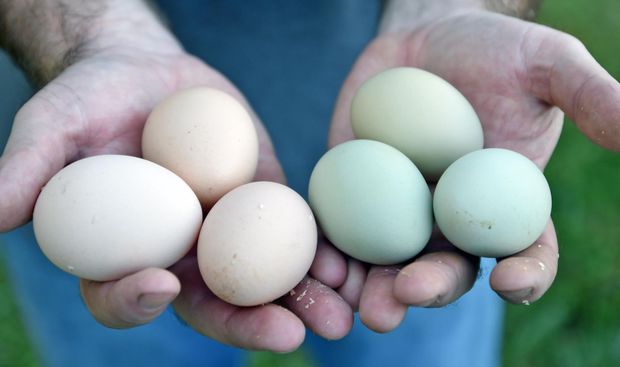
Farm to Plate: Growing, Distributing and Consuming Foods Locally
Farming is not a new concept to the people that live in this part of our county. It’s rich in history and has come to represent a lifestyle that most of us have no qualms about. So why then do so many of us eat foods that come out of a box or a package and rarely eat anything that is locally grown?
Farm to plate, or farm to table, or sometimes farm to fork are all the same thing. It is referring to growing foods locally and distributing them to local consumers. The organic movement in the food industry is also tied to this in some ways.
Organic foods are produce and other ingredients grown without the use of pesticides, synthetic fertilizers, sewage sludge, genetically modified organisms, or ionizing radiation. The animals that produce meat, poultry, eggs, and dairy products do not take antibiotics or growth hormones.
October 25, 2015 | Source: The Ledger Independent | by Ben Isaac
Farming is not a new concept to the people that live in this part of our county. It’s rich in history and has come to represent a lifestyle that most of us have no qualms about. So why then do so many of us eat foods that come out of a box or a package and rarely eat anything that is locally grown?
Farm to plate, or farm to table, or sometimes farm to fork are all the same thing. It is referring to growing foods locally and distributing them to local consumers. The organic movement in the food industry is also tied to this in some ways.
Organic foods are produce and other ingredients grown without the use of pesticides, synthetic fertilizers, sewage sludge, genetically modified organisms, or ionizing radiation. The animals that produce meat, poultry, eggs, and dairy products do not take antibiotics or growth hormones.
This is one of the huge benefits from the farm to plate movement, it allows you to know where your food is coming from and how it was raised and produced.
This has dramatic affects to our health. Who wants to eat a chicken that has lived its whole life in a cage, surrounded by such filth that it has to be pumped with antibiotics just to stay alive, or corn that has so many genetic mutations that it does not resemble the corn from 100 years ago, or to eat a sauce that has so many chemical preservatives in it that it takes you five minutes to read the ingredients. What effects does this have on our bodies and the bodies and development of our children?
Some of the farms in this area are not organic, but we can at least see what state the livestock is in, and know what pesticides are spread on the crops. And because it is local there will be less need for the preservatives that are usually pumped into them. There is no down side to farm to plate, well unless you are a large corporate farming company that makes millions a year, but I’m pretty sure none of my readers count among that group.
This is a movement that already has ties in our little community. Both Whispering Breeze Farm and Cedar Hill Farm have already been featured in articles in this publication, and for good reason, they see the need to grow, and raise their livestocks and crops in a more organic “green” way. Embracing terms like “free range” as not just a word to stick on a package to raise sales. Farm to plate is already here, and accessible by those of us in the community that are looking for better options.
So let this be a little bit educational for you, allow yourself time to think about this subject. The next time you’re about to buy a can of diced tomatoes take a second to read the ingredients list. Embrace the farming community around you, and take the time to plant some tomatoes or some basil. Farming is our Kentucky heritage after all, and currently what we need in our lives.
